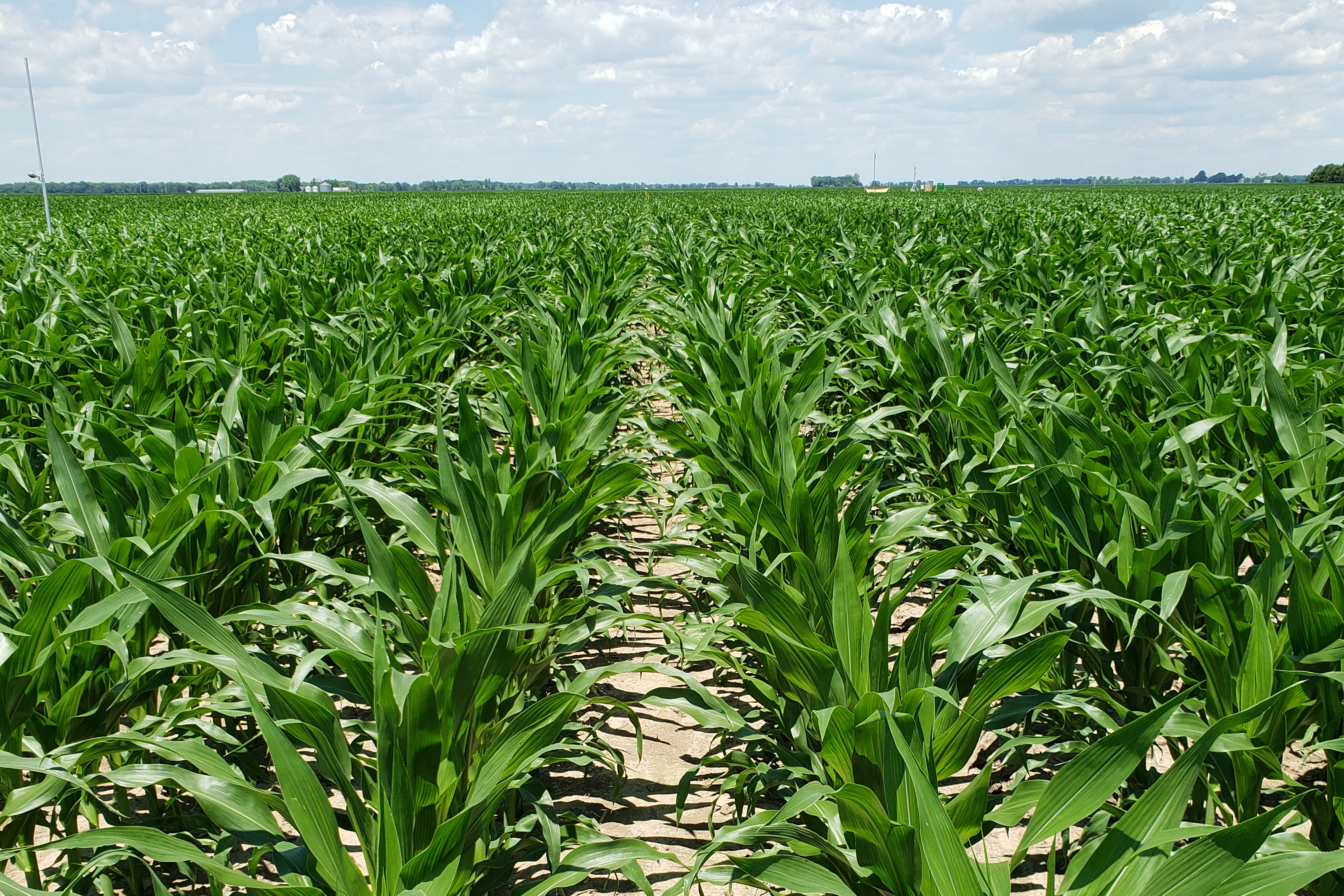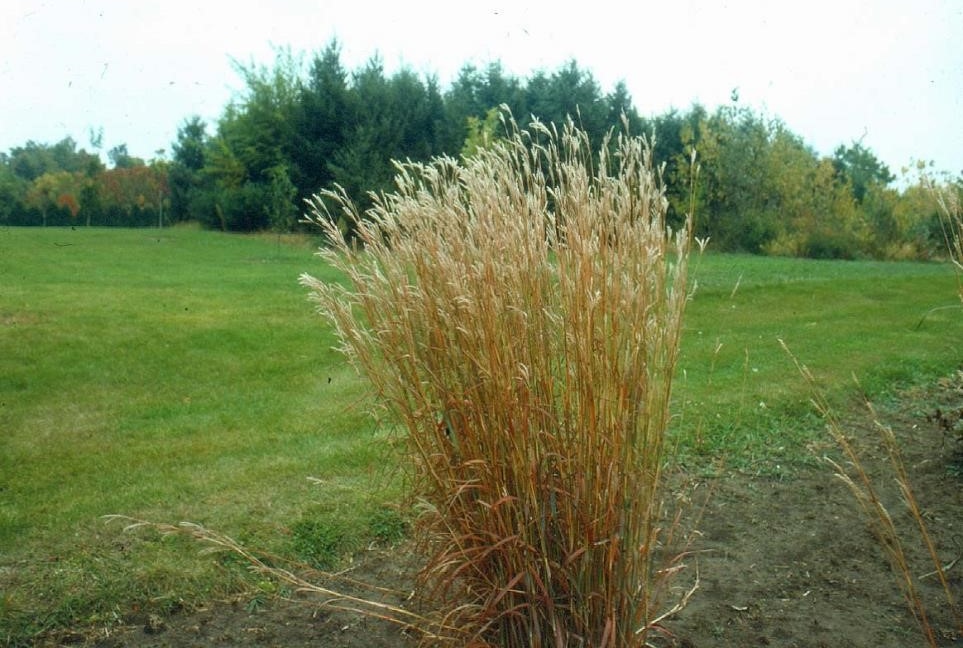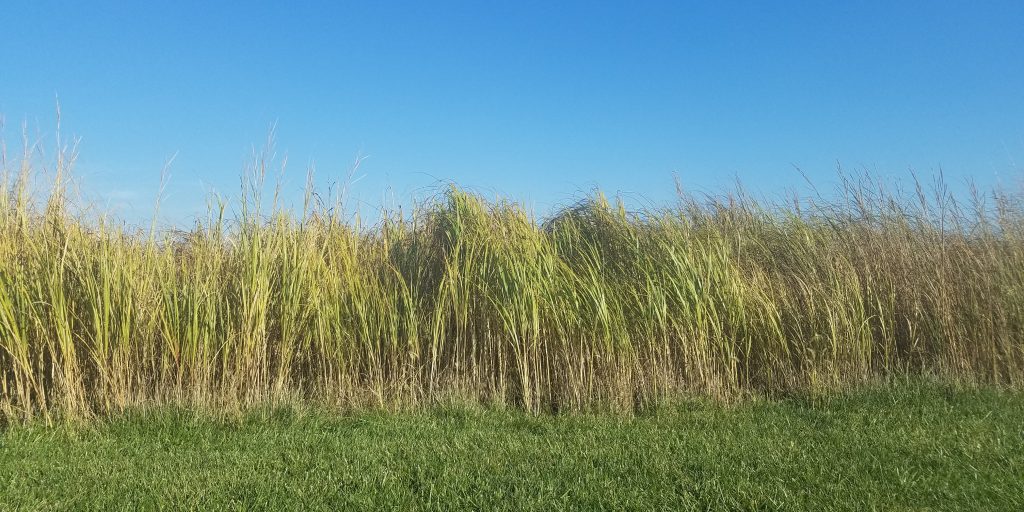
Current Research
Mission Statement
The Lee Lab is dedicated to sustainable agriculture and energy production through agronomic practices that leads to higher yields of various energy crops. With the help of our collaborators across the Midwest, we have various projects dedicated to improving biofuel, food, and fiber production to lead to a more renewable and sustainable future.

ASEC
Affordable and Sustainable Energy Crops

CABBI
Center for Advanced Bioenergy and Bioproducts Innovation

SMARTFARM
Systems for Monitoring and Analytics for Renewable Transportation Fuels from Agricultural Resources and Management

SCAPES
Sustainable Co-locating Agricultural and Photovoltaic Electricity Systems

MADE-PUBLIC
Manufacturing ADvanced Electronics through Printing Using Bio-based and Locally Identifiable Compounds

CRNF
Controlled Release Nitrogen Fertilizer Study
Energy Crop Projects (Archived)
The Midwestern prairie is a tallgrass-dominated prairie. Prior to agricultural production, tall-grass prairies were dominated by grasses such as switchgrass, prairie cordgrass, big bluestem, and Indiangrass. These four grasses can be as tall as 8 feet or more and produce a great amount of cellulosic feedstock with minimum input. They are warm-season (C4) perennial grasses, and can be grown for forage or biofuel feedstock production on marginal and/or less productive agricultural land. When grown on marginal land, the unique characteristics of each species confer abilities to improve C sequestration, wildlife habitat, and soil and water conservation.

Big bluestem (Andropogon gerardi) was the most important species for wild hay production in tallgrass prairie regions due to its productivity and quality. However, it is very difficult to find wild big bluestem since natural tallgrass prairies have been converted to annual crop production. Along with Indiangrass, big bluestem has been frequently used for soil and water conservation work.
Switchgrass (Panicum virgatum) can be found growing on dry slopes, sand, stream banks, open woodland, waste ground, rocky streambeds, seepage areas, and brackish marshes. The grass has been used in the forage industry since the 1970’s and is now becoming one of the leaders in biofuel feedstocks. It earned this reputation through its ease of establishment, adaptability, low input costs and ability to be harvested with currently available equipment. It can also improve the environment through prairie restoration by reducing soil erosion and removing toxins and excess nutrients that would otherwise run off into the streams.


Indiangrass (Sorghastrum nutans) grows in a wide range of habitats including prairie, open woods, dry slopes, savannahs, and scrubland, and it grows to 2 meters or taller and flowers during late summer and early fall.
Prairie cordgrass (Spartina pectinata) is a tall, rhizomatous grass tolerant of soil salinity and frequent flooding. It commonly grows in marshes, wet meadows, potholes, and flood plains as well as in open dry prairies. Prairie cordgrass can be established by seeding or by rhizome divisions, and it has been widely used for erosion control, wetland vegetation, riparian restoration, stream bank stabilization, wildlife habitat, and forage.
